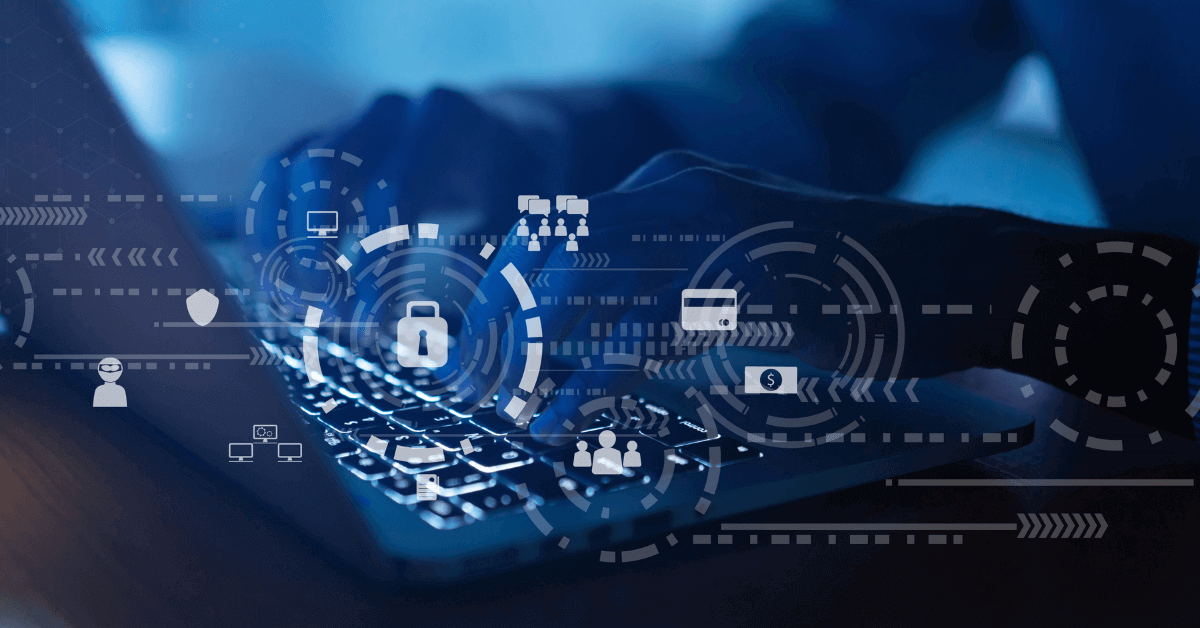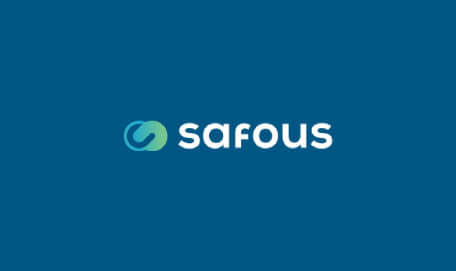The working landscape has been irrevocably changed by recent events, with hybrid and remote work coming to the forefront. This evolution has been paralleled by the rapid evolution of cyber threats, made worse by new vulnerabilities presented by widely distributed workforces.
This makes cybersecurity priority number one for IT departments at all scales – from enterprise-level organizations to small and medium businesses (SMBs). Here, we’ll discuss some of the most common modern cybersecurity threats, and how to best protect your company.
Today’s Most Common Cybersecurity Threats
Hackers and other bad actors are active 24/7 and target any size business, so every company needs to be aware of its greatest cybersecurity vulnerabilities.
Ransomware
Ransomware attacks are simple in concept: hackers gain access to a system and lock the owners out, demanding payment to restore access.
Ransomware is particularly effective and problematic for critical organizations like healthcare or infrastructure. This strategy is on the rise: ransomware attacks on healthcare organizations alone nearly doubled in 2021, with 66% of healthcare organizations experiencing such a breach.1
A ransomware attack is costly not only because you’ll have to pay to get up and running, but because downtime can eat into revenue, and there’s no way to know if sensitive data has been leaked – even if you pay to prevent it. These attacks are usually the endgame for initial breaches like phishing or web application attacks.
Credential Stuffing
Credential stuffing is a particularly harmful strategy because hackers can breach systems without setting off alarm bells. Login information is stolen from one organization or bought on the dark web and used to access accounts at another organization.
The only way credential stuffing can succeed is if customers or employees use the same password across multiple accounts – a common practice. Google’s 2019 Online Security Survey found that 52% of users use the same password for multiple accounts, and 13% use the same password for all their accounts.2
That’s why credential stuffing has increased, and why it’s important to implement no-repeat password policies and two-factor authentication. If a hacker can simply log in to an account, they have whatever access level that user enjoys – without having to hide their behavior.
Social Engineering
Social engineering is often how hackers gain initial access. Rather than breaching a system directly, social engineering style attacks rely on fooling people into unwittingly giving information away. The most recognizable example of this strategy is phishing.
Phishing is well known but can still be effective, especially if employees aren’t trained to recognize attacks. Phishing emails can trick users into supplying login credentials or personal information or downloading malware by clicking a link. This is often the beginning of a multi-tiered attack and could end in any number of bad actions down the line – including ransomware attacks.
How Zero-Trust Network Access (ZTNA) Can Help
Hackers often succeed by gaining access in one place and encountering no resistance once past that initial security gate. Imagine a network acting as a “sterile area”, assuming anyone or anything that’s been let in the door must be safe. This was how early security systems worked – but that approach is no longer sufficient.
Zero trust acts on the principle that every network access attempt is potentially suspect, whether it’s coming from inside or outside the company. This concept is crucial in an environment where distributed workforces no longer work only within the closed borders of local networks on site. Given the use of cloud-based applications and services, various access locations, and the internet of things (IoT), there’s no longer an impenetrable border between “them” and “us”. Even when there is, hackers are too good at getting in the door.
That’s where ZTNA (zero trust network access) comes in. ZTNA controls access at the application level, checking users every time a communication is initiated, eliminating the need to distinguish between work being performed on-site or remotely. This makes it easier to distribute a workforce, but it also mitigates threats by eliminating the one thing that makes success easy for hackers. With ZTNA, getting in the door is not enough.
Find out how you can implement zero trust network access for your organization today with our free, comprehensive ZTNA white paper: Securing the Modern Workplace With ZTNA.
Don’t Wait for a Breach to Shore Up Your Systems
The time to upgrade your security isn’t in response to a breach. It’s now – before an attack happens. Safous' ZTNA solution is built to secure access to every internal resource. Control access on a granular level from who can gain access to which applications and how. All traffic is blocked with Safous ZTNA – and no one can access your network directly.
If you’re ready to find out more about how Safous can shore up your cyber defenses and give you peace of mind, contact us for your free demo today.
Sources:
Receive the latest news, events, webcasts and special offers!
Share this
You May Also Like
These Related Stories

Checklist: Are You Taking the Right Approach to Zero Trust Security?

Flyer: ZTNA: What It Is, and Why Your Organization Needs It


